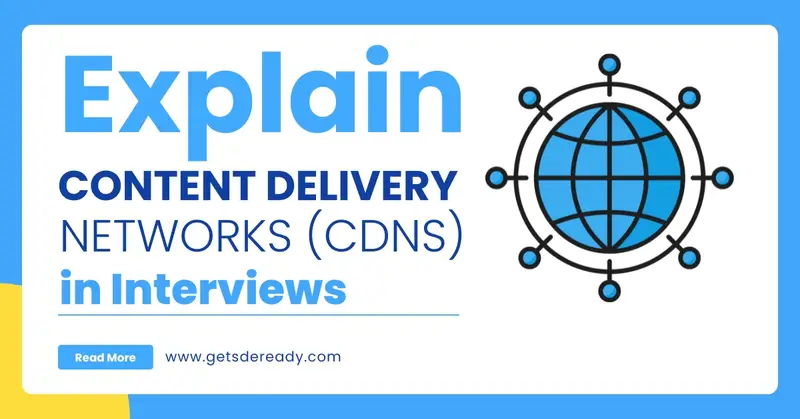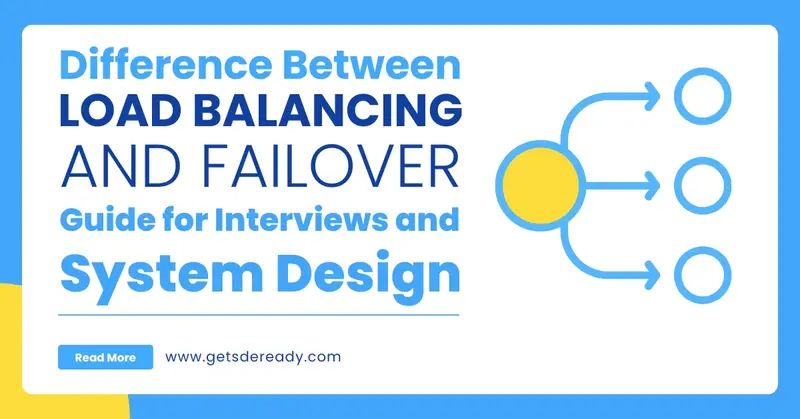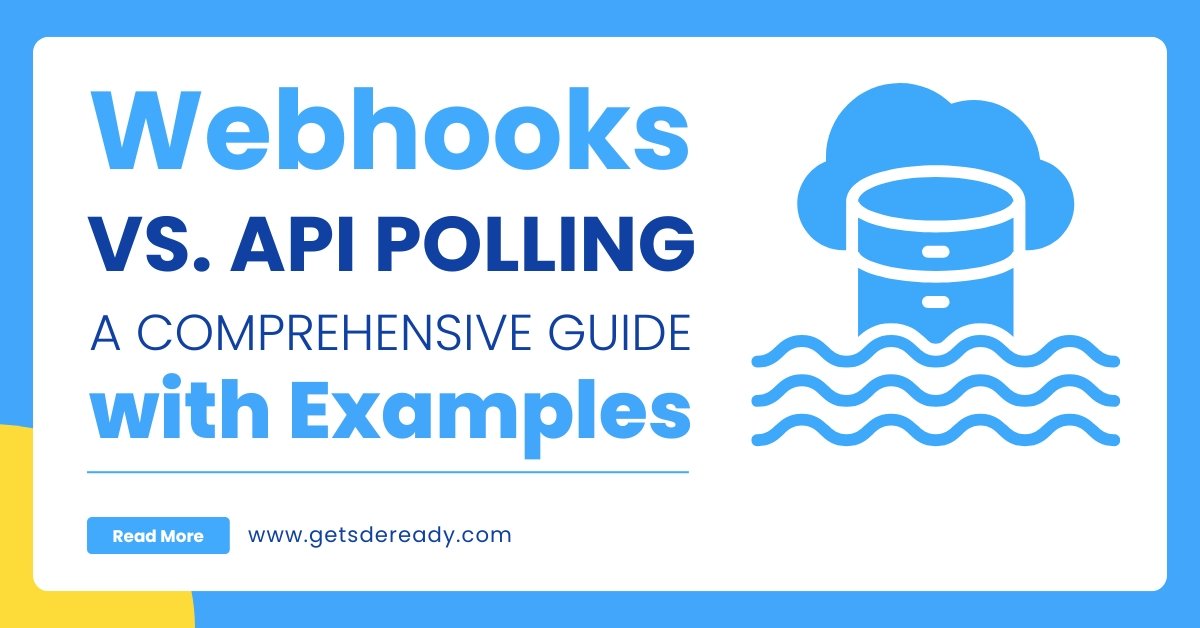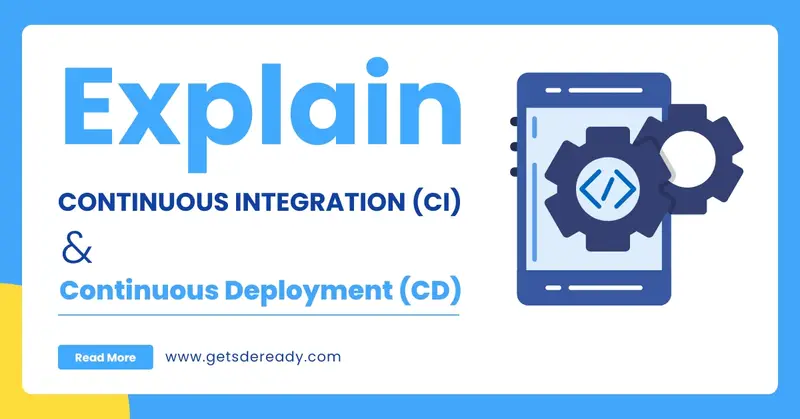
Exploring the MERN Stack: A Complete Guide for Beginners
The MERN stack has emerged as one of the most popular choices for web development, offering a robust framework for building modern full-stack applications. Comprising MongoDB, Express.js, React, and Node.js, the MERN stack provides developers with a seamless environment to create dynamic and efficient web solutions. In this guide, we’ll dive deep into the MERN stack, discuss its advantages, explore the essential tools you need to get started, and guide you through building your first application.
For further learning, check out our blog Learning Full Stack Web Development and courses on Mastering MERN Stack (Web Development).
Why MERN is the Ideal Stack for Web Development

The MERN stack stands out for its simplicity, flexibility, and performance. Here’s why it’s the go-to choice for developers:
1. Full JavaScript Environment
The MERN stack operates entirely on JavaScript, making it easier for developers to work on both the front-end and back-end seamlessly.
- MongoDB: A NoSQL database for storing data in JSON-like documents.
- Express.js: A lightweight framework for building web applications on Node.js.
- React: A front-end library for building interactive user interfaces.
- Node.js: A JavaScript runtime for executing server-side code.
2. Scalability and Performance
The MERN stack is built to handle high-traffic applications with ease. MongoDB’s flexible schema design and Node.js’s asynchronous nature ensure scalability and performance.
3. Open-Source and Community Support
All components of the MERN stack are open-source, with extensive documentation and a vibrant community to provide support.
For a deeper understanding of full-stack development, refer to How to Start Learning Full-Stack Web Development in 2024.
4. Cost-Effective Development
With a single language for both the client and server sides, the MERN stack reduces development time and cost, making it ideal for startups and small businesses.
Essential MERN Tools You Need to Get Started
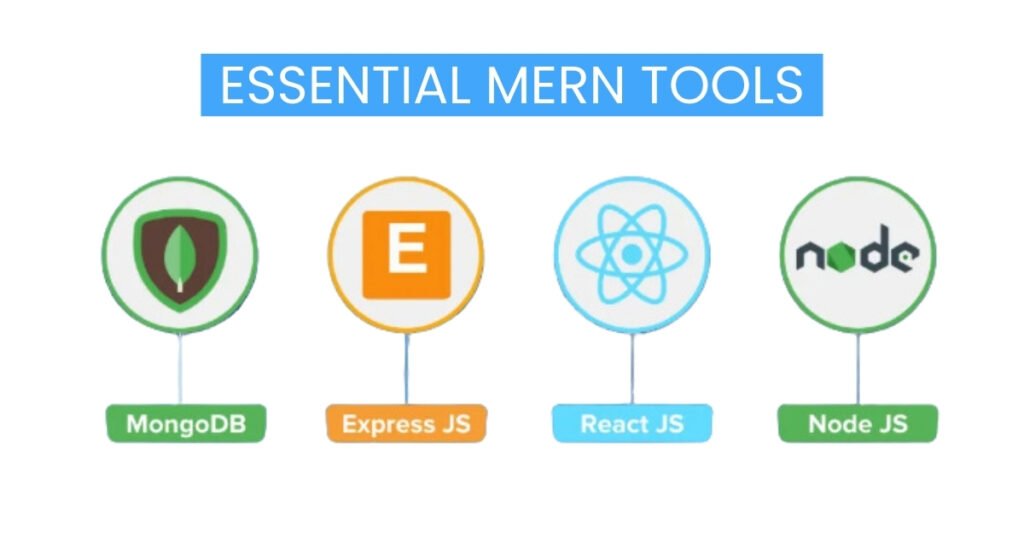
To effectively use the MERN stack, you’ll need the following tools and environments:
1. MongoDB
MongoDB is a NoSQL database that stores data in collections.
- Key Feature: Scalability and flexibility in handling large datasets.
- Tool: MongoDB Compass for database management.
2. Express.js
Express is a minimalistic web framework for Node.js, used for building server-side applications.
- Key Feature: Middleware support for handling HTTP requests and responses.
3. React
React is a library for building interactive and reusable UI components.
- Key Feature: Virtual DOM for faster rendering.
- Tool: React Developer Tools for debugging.
4. Node.js
Node.js allows developers to build server-side applications using JavaScript.
- Key Feature: Event-driven, non-blocking I/O.
5. Version Control and Collaboration
- Git: For version control and code collaboration.
- GitHub: For hosting and sharing repositories.
6. Package Manager
- npm (Node Package Manager): To manage dependencies and install libraries.
Building Your First Full Stack Application with MERN

Follow these steps to build a basic MERN stack application:
1. Set Up the Environment
- Install Node.js and npm.
- Install MongoDB and set up a local database.
- Create a Git repository for version control.
2. Initialize Your Project
- Create a project directory.
- Use npm init to set up package.json for dependency management.
3. Build the Back-End with Node.js and Express
- Install Express using npm install express.
- Create API routes for CRUD operations.
- Connect your application to the MongoDB database using mongoose.
4. Create the Front-End with React
- Use npx create-react-app to set up your React project.
- Build reusable components for your application (e.g., forms, lists, etc.).
- Use Axios or Fetch API to connect the front-end with the back-end.
5. Test Your Application
- Run the back-end server using node or nodemon.
- Start the React development server using npm start.
- Test the API endpoints and front-end interactions.
6. Deploy Your Application
For an in-depth roadmap, read Step-by-Step Roadmap to Become a Full Stack Developer in 2024.
Conclusion
The MERN stack offers a comprehensive framework for building robust, scalable, and dynamic web applications. By mastering each component of the stack, you can create end-to-end solutions with efficiency and precision.
